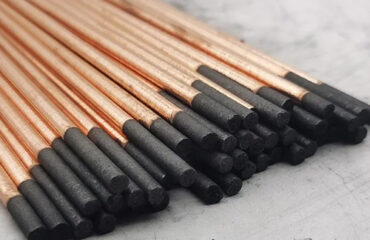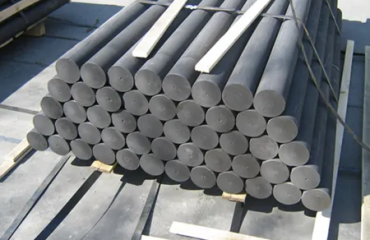In recent years, the rapid development of mold industry, graphite materials, new technology and increasing mold factory constantly impact the mold market, graphite with its good physical and chemical properties gradually become the preferred material for mold production.
Graphite mold cleaning is a key process in the maintenance of graphite mold, and it is also a bottleneck restricting the maintenance of graphite mold. Because the speed of graphite mold manufacturing is much faster than the speed of graphite mold cleaning, the graphite mold is ready to carry out the next production immediately after quick cleaning, so the time of cleaning the graphite mold is quite limited. Through a survey of the factory, it was found that the graphite moulds arranged in the corridors and workshops were almost full of limited workshops in the workshop, just waiting to be cleaned.
In the cleaning and maintenance of graphite molds, some factories employ apprentices or apprentices of the primary mechanic or graphite mold workshop to do some cleaning of graphite molds and templates, and then the maintenance technicians dismantle graphite molds and templates. But in fact, cleaning graphite moulds and templates will also scour out the track marks, which makes it difficult for maintenance technicians to find and correct the defects of graphite molds and parts.
Indeed, clean graphite molds do not require the ability of advanced graphite mold making technicians, but it is a completely unconsidered decision to be responsible for the cleaning of graphite molds by a novice who is not familiar with the special functions and defects of the graphite mold or the key seal area characteristics of the graphite mold. The unreasonable distribution of graphite mold cleaning will result in the continuous production of graphite moulds with performance defects, and the pre calculation of graphite molds will be greatly increased by increasing the seam, hairy, edge angle, premature electroplating or steel shift and graphite mold mixing. Such problems often originate from the “temporary fire fighting” culture of maintenance, from which defects are not monitored or accounted for and the root of the problem is identified.
What degree of cleanliness is enough?
Usually, when the molding process is completed, there will always be dirt or residue left on the graphite mold (with certain chemical and physical properties). For different kinds of residues, the final cleaning requirements are different. Resins such as PVC produce hydrogen chloride gas and thus corrode many types of graphite anode die steels. Other residues are separated from flame retardants and antioxidants, which can cause corrosion to steel products. There are also some pigments that stain the steel and rust is hard to remove. Even ordinary storage water, if placed on the surface of untreated graphite mold for a long time, will also damage the graphite mold.
Therefore, it is necessary to clean the graphite mould according to the established production cycle. Once the graphite mold is removed from the press, the graphite mold hole is first opened to remove all the oxidizing dirt and rust in the non critical area of the graphite mold and the template to prevent its slow corrosion on the surface and edge of the steel. In many cases, even after cleaning, some surfaces that are not coated or easily rusted will rust again. Therefore, even if it takes a long time to wash the unprotected graphite mold, the surface rusting can not be completely avoided.


